The Answer is in “Shannon–Hartley theorem“ Shannon–Hartley theorem tells the maximum rate at which information can be transmitted over a communications channel of a specified bandwidth in the presence of noise. C: is the channel capacity in bits per second. B: is the channel’s bandwidth in bits per second, which defines the maximum amount […]

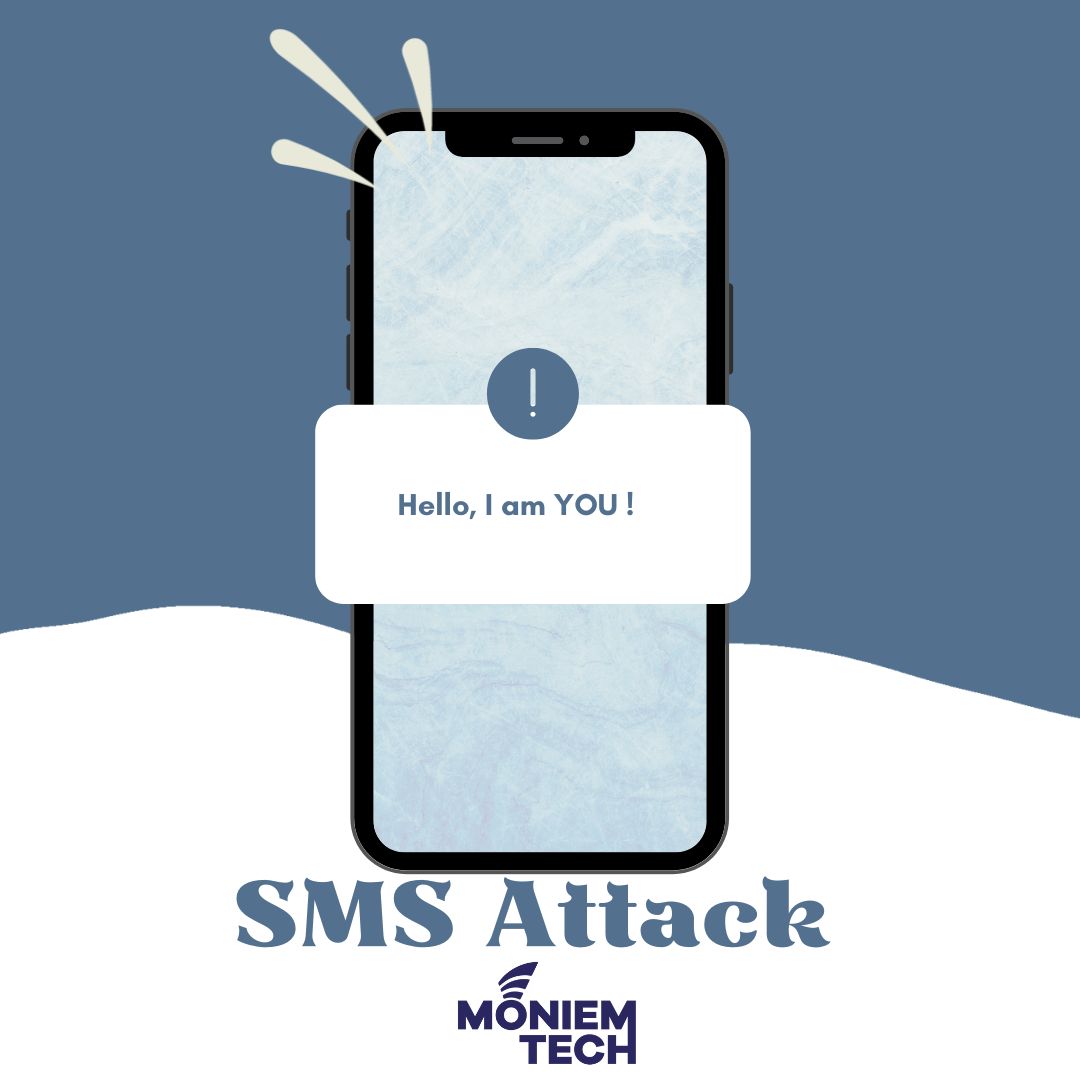
Before discussing why we need an SMS Router, let’s understand the 1st figure when the mobile device sends SMS to another Mobile through the normal scenario without an SMS Router which means the communication is between SMSC and HLR. The Normal Scenarios for Sending SMS: The mobile sends the SMS to the SMSC. Since the […]
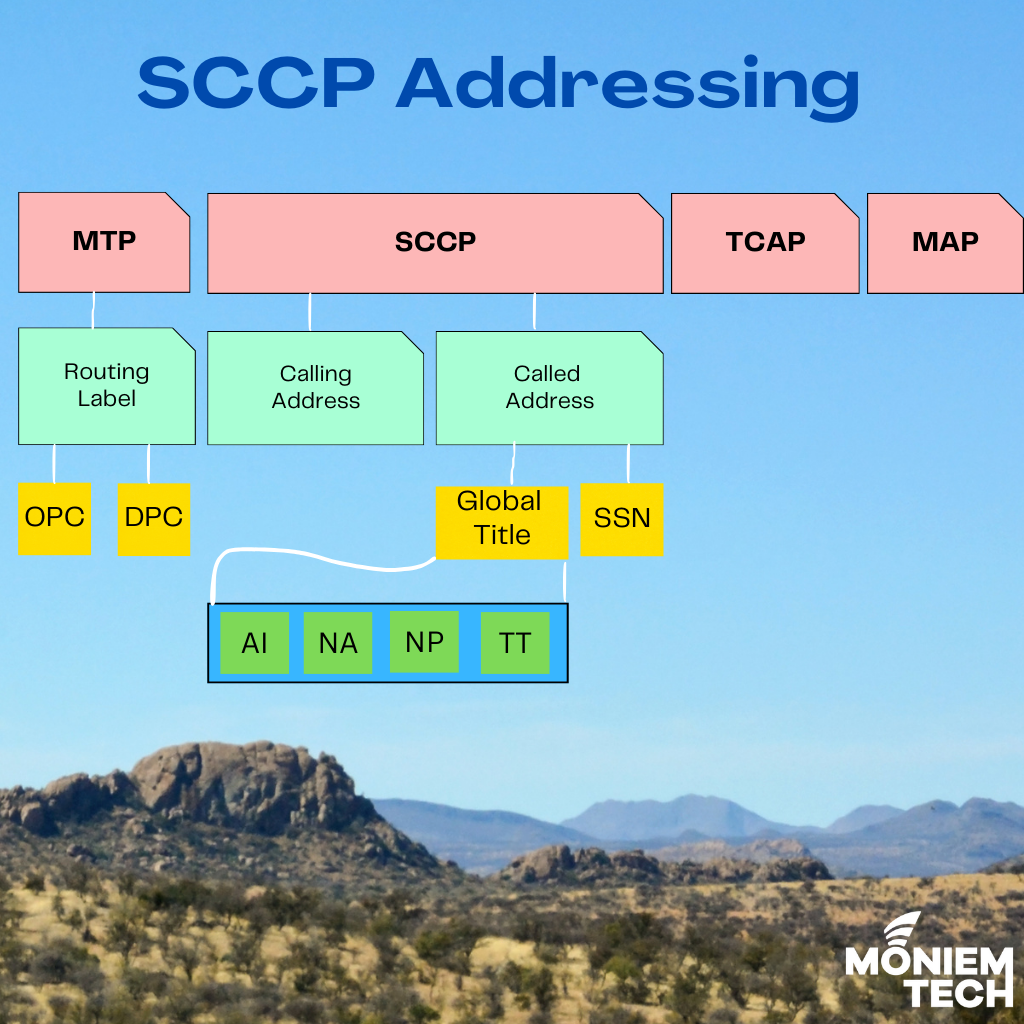
Signalling System No. 7 (SS7) is an old signaling protocol, but all mobile network operators still use it to exchange information between nodes in the network nationally and internationally. Security and SS7 can’t come together, so I started explaining the definition of SS7 in a series that began with this video. Once you finish the video, […]

In 2021, I wrote this article about 5G and Wifi 6 convergence, and then in 2023, I addressed this big question: Are 5G and WiFi6E Friends or Competitors? Conclusion of these articles if you don’t have time to read them as below: 📗The integration of 5G and Wi-Fi is poised to become more ubiquitous. Using […]

Before discussing ePDG in more detail, let’s explain why we need it. The answer is to connect between 3GPP networks (LTE/5G core) and non-3GPP networks (Wi-Fi). But, why do we need to interconnect between them? Imagine you’re walking in the street and making a call, suddenly you arrive at your office and need to park […]
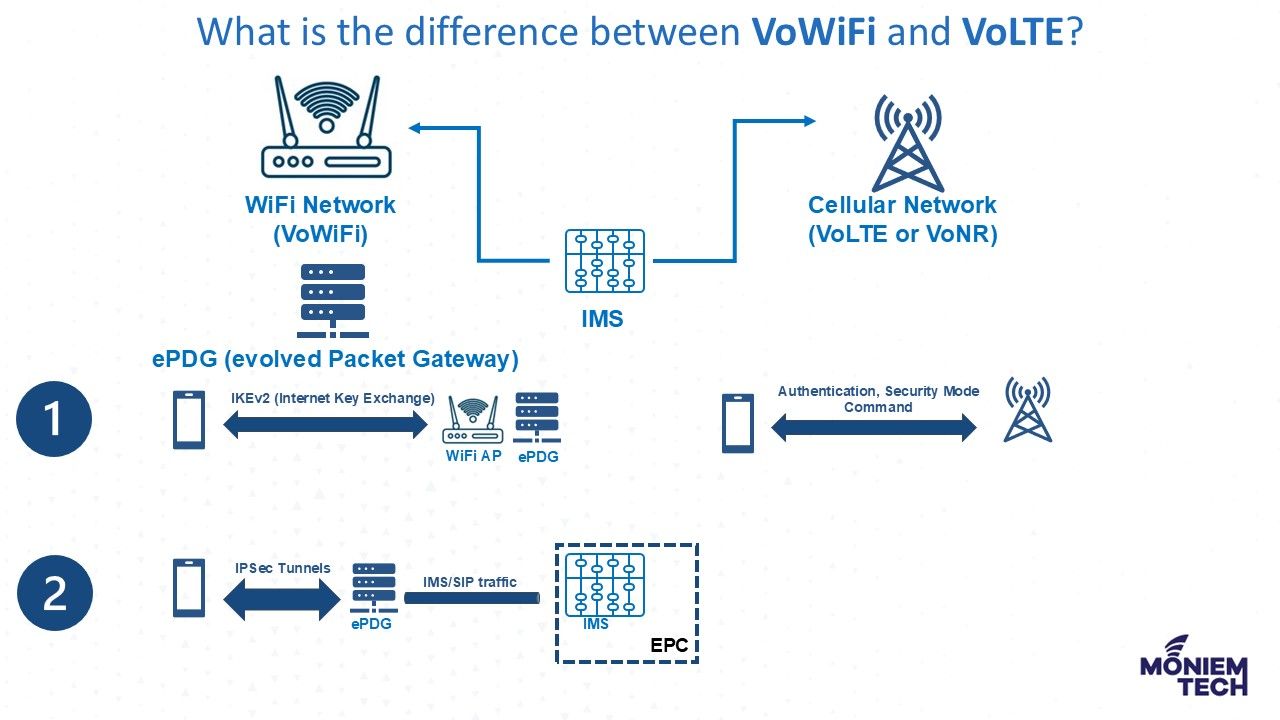
VoWiFi, or Voice Over WiFi, is an IMS Voice Call made through WiFi without using a cellular network like LTE or NR. It is similar to VoLTE (Voice over LTE) or VoNR (Voice or NR), the only difference is the type of communication channel being used for the IMS voice call. WiFi channel (instead of […]
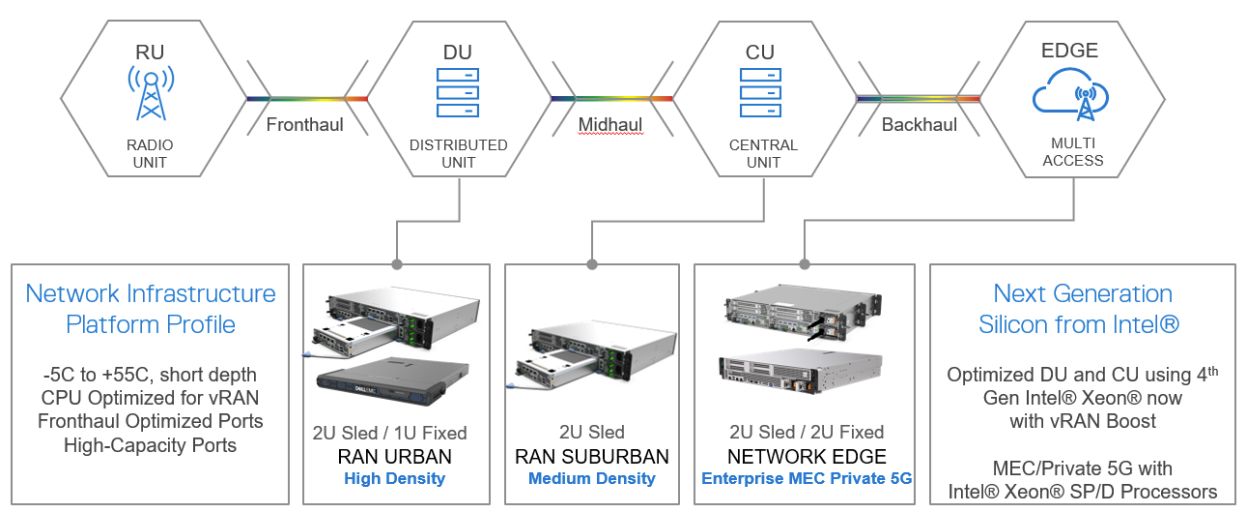
Thanks to open standard consortiums such as the ORANAlliance, an open ecosystem of disaggregated and interchangeable components is now available. Network equipment providers are now able to commoditize hardware and software in a market, historically dominated by closed and proprietary systems. The standards are now in place to change select components based on technical feasibility […]
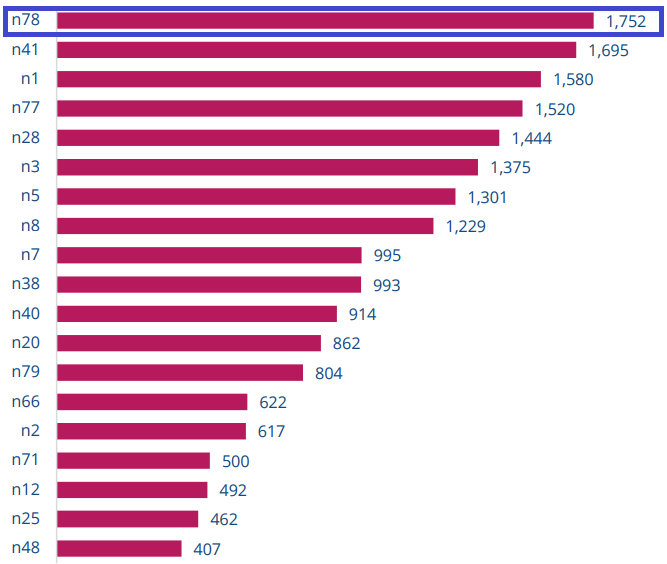
Recently, I read many discussions around 5G SA mainly really on mmWave spectrum which is Unique to 5G technology, as mmWave or millimeter Wave is the most capacity spectrum band so far among all available mobile spectrums. Yes, 5G high bands (mmWave, also referred to as FR2) are found in the range of 24GHz to […]
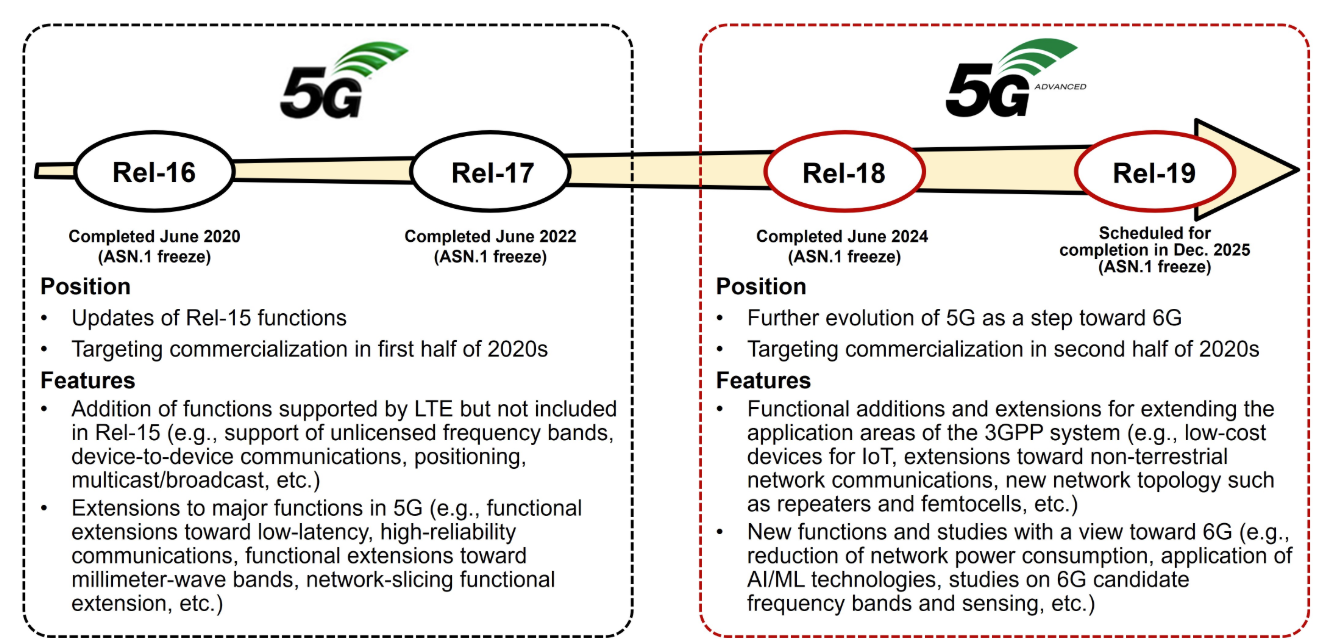
5G Release 15 was the first release of 5G and its specification was completed in June 2018. Release 16/17 specifications were drafted as extensions to 5G Release 15 with its RAN technology NR or New Radio. Rel-17 provided support for even higher frequency bands and Non-Terrestrial Network NTN systems and added a low-cost NR device […]
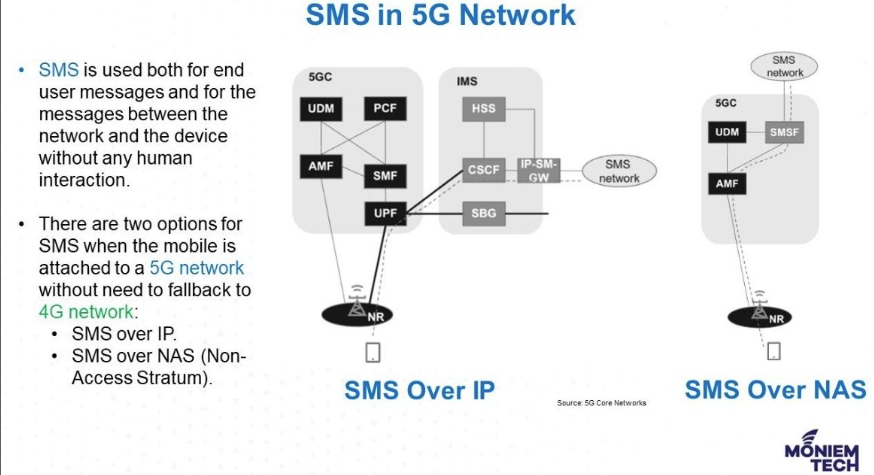
SMS stands for Short Message Service and is used both for end-user messages and between the network and the device without any human interaction. There are two options for SMS when the mobile is attached to a 5G network without the need to fallback to a 4G network: • SMS over IP. • SMS over NAS […]
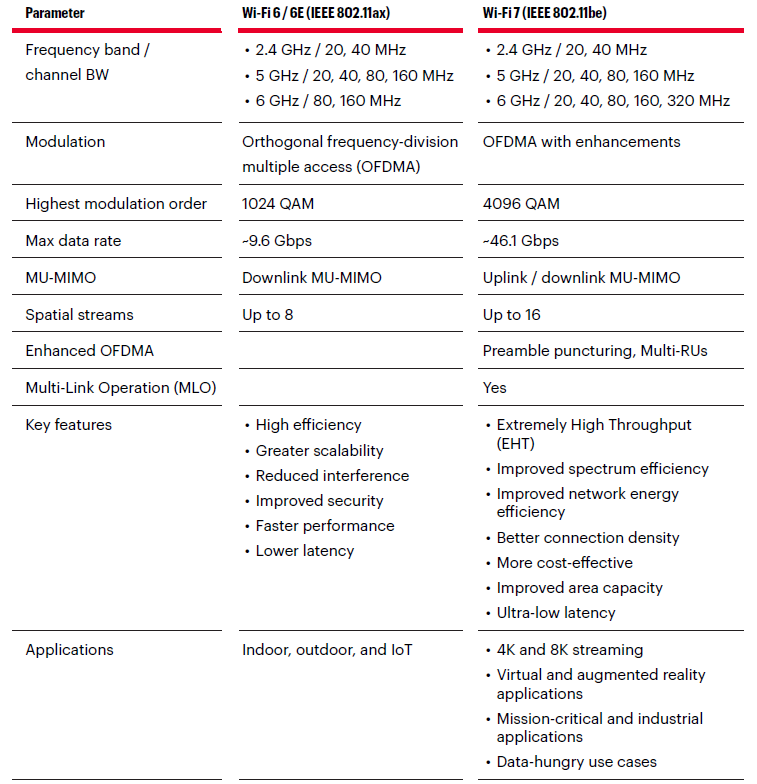
Wi-Fi 7 (IEEE 802.11be), the successor to Wi-Fi 6, introduces the 6GHz frequency band, doubling the maximum frequency bandwidth from 160MHz to 320MHz. It allows the 16×16 MIMO configuration and supports 4096QAM modulation technology, which offers significant improvements in data rates, capacity, and spectral efficiency, ultimately enhancing the performance and user experience in wireless communication […]
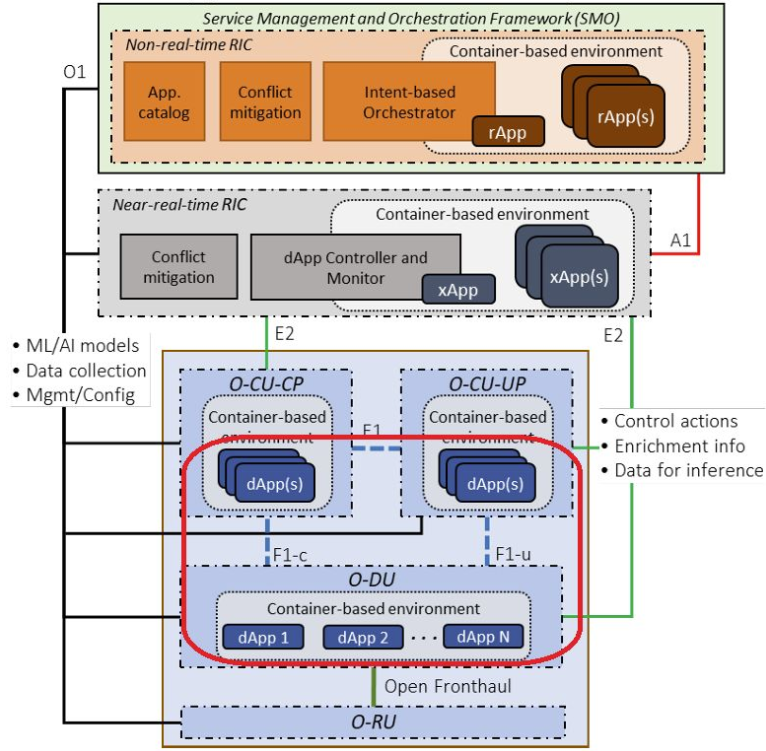
As you may know, there are two main components to RIC or RAN Intelligent Controllers (RICs) as below: Closed-loop control running at time scales of 10ms to 1s (Near-Real-Time, or Near-RT, RIC with xApps) Closed-loop control runs at time scales of 1s or more (non-RT RIC with rApps). What about the real-time control loops operating […]
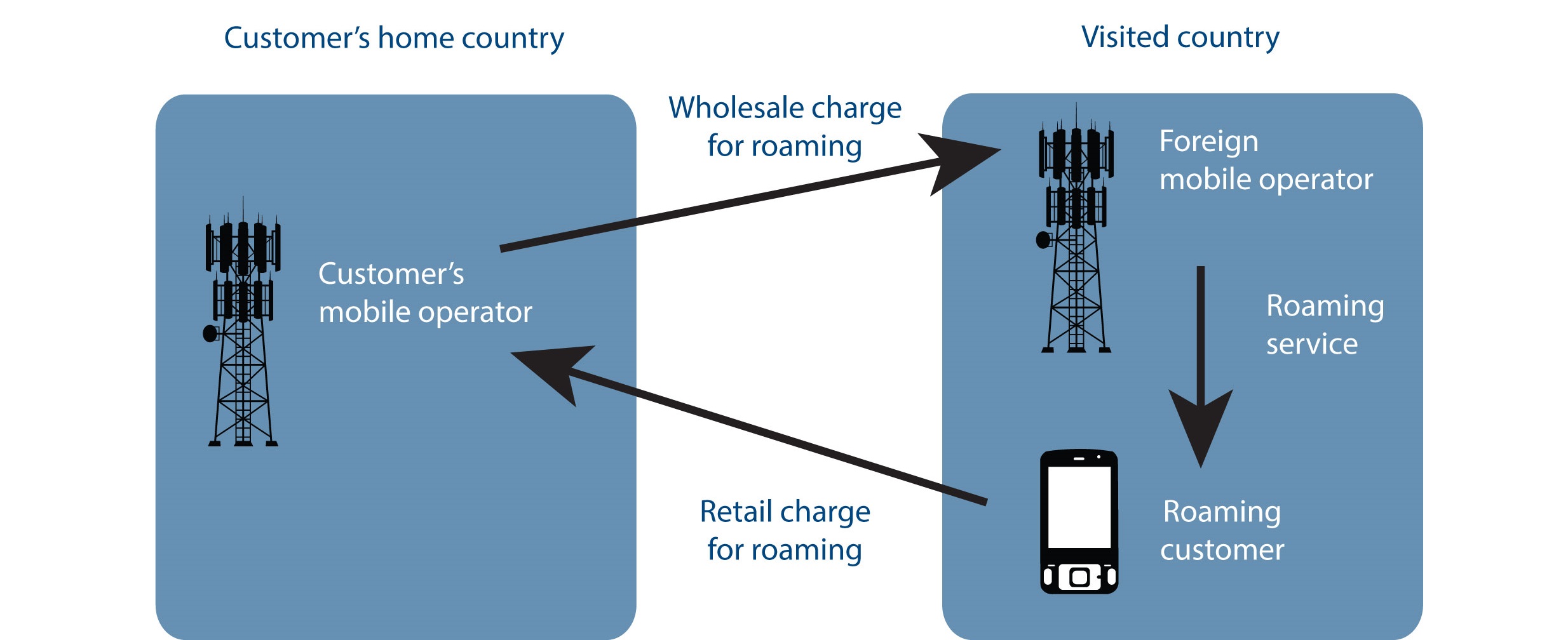
When going to the Roaming topic, sometimes you hear words like Wholesale Charge and Retail Charge. So What is the difference between them? The Wholesale Charge determines how much roaming costs a mobile operator. Here, mobile operators negotiate roaming agreements with their counterparts in other countries. Under these agreements, a mobile operator pays the foreign operator […]
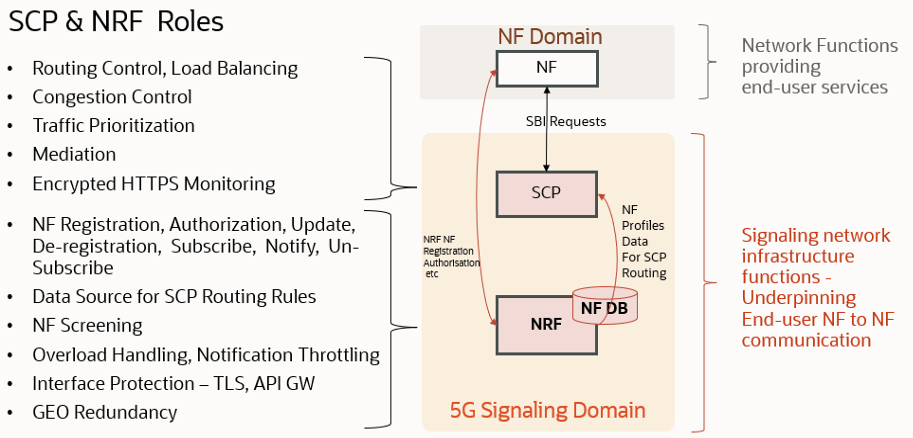
5G standalone (SA) operation, using a new core network, is foundational to mobile operators seeking to offer advanced 5G services with a low cost of production. 5G Service-based architecture (SBA) In a SBA framework, the individual elements are defined as Network Functions (NFs) instead of Network entities. Through Service Based Interface (SBI) each of the […]
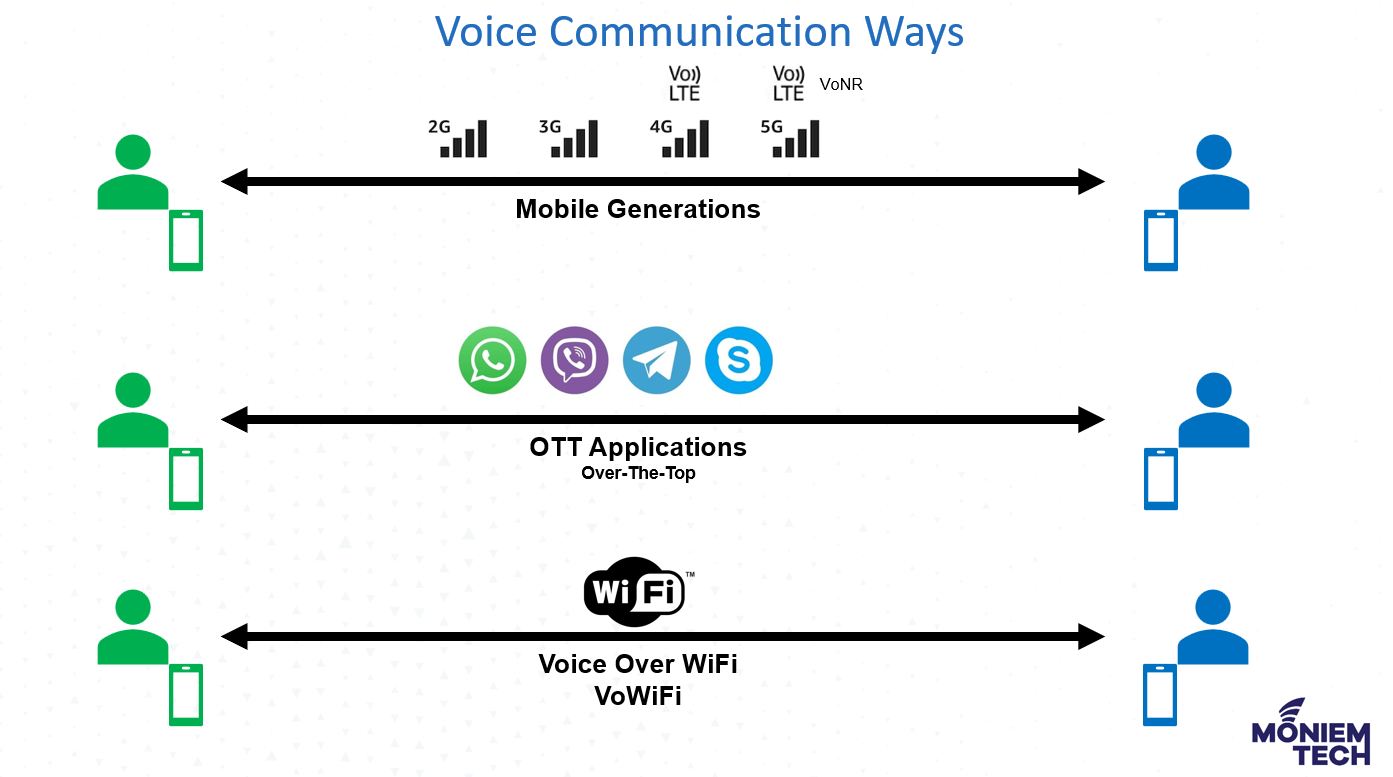
As per the Mobile Data Moves Indoors report, 80% of Mobile Traffic comes from Indoor locations. This means that good coverage and QoS in the building/indoors are a MUST. Let’s focus on the primary service in the wireless industry which is Voice Call. Voice Communication Methods Support voice communication between two parties, in many ways, […]
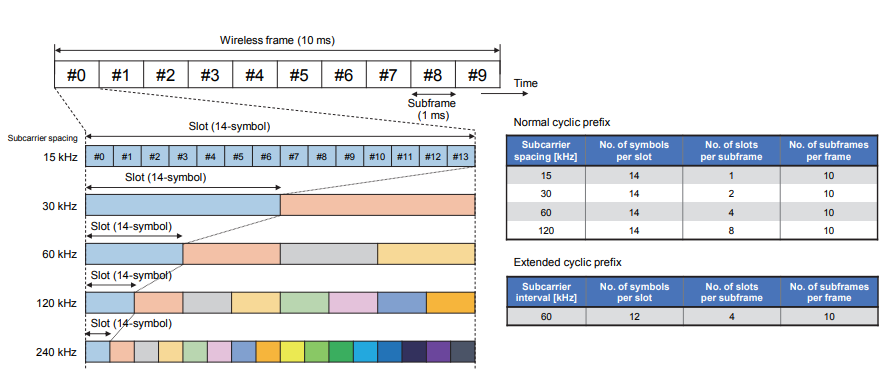
5G NR modulation and waveforms have some commonalities with LTE but aim to have much higher spectral efficiency. NR supports QPSK, 16 QAM, and 256 QAM with the same constellation mapping as LTE. An OFDM-based waveform is supported. Some parts of the numerology are flexible, like the SCS, while others are fixed. The subframe duration […]
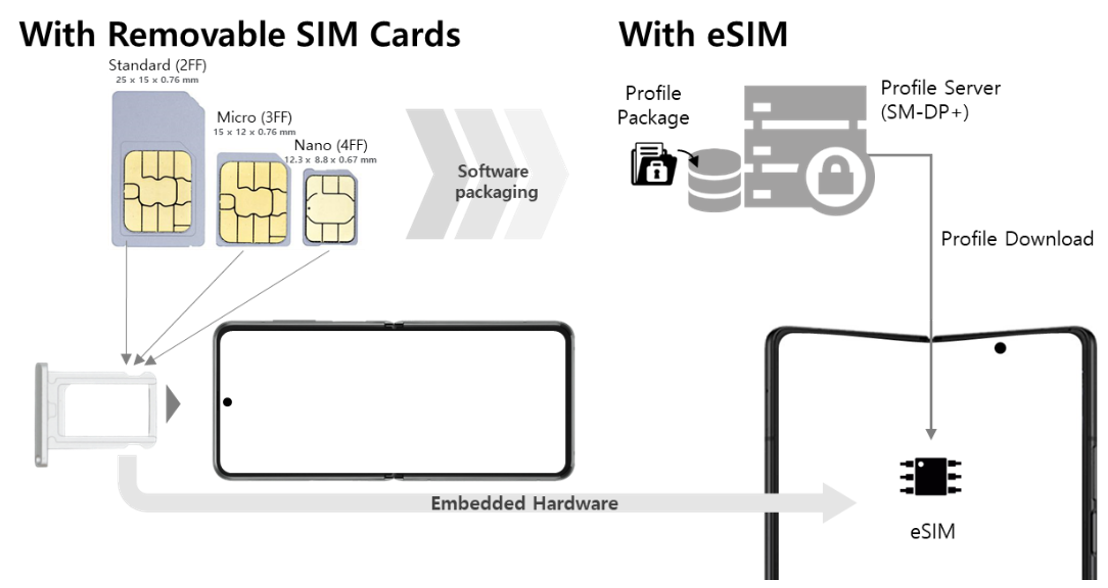
First, let’s understand an overview of eSIM Technology. eSIM(embedded SIM): The embedded SIM (also called eSIM or eUICC) is a new secure element designed to remotely manage multiple mobile network operator subscriptions and be compliant with GSMA specifications. As defined by GSMA, the term eSIM refers to the explicit functionality of the operating system to […]
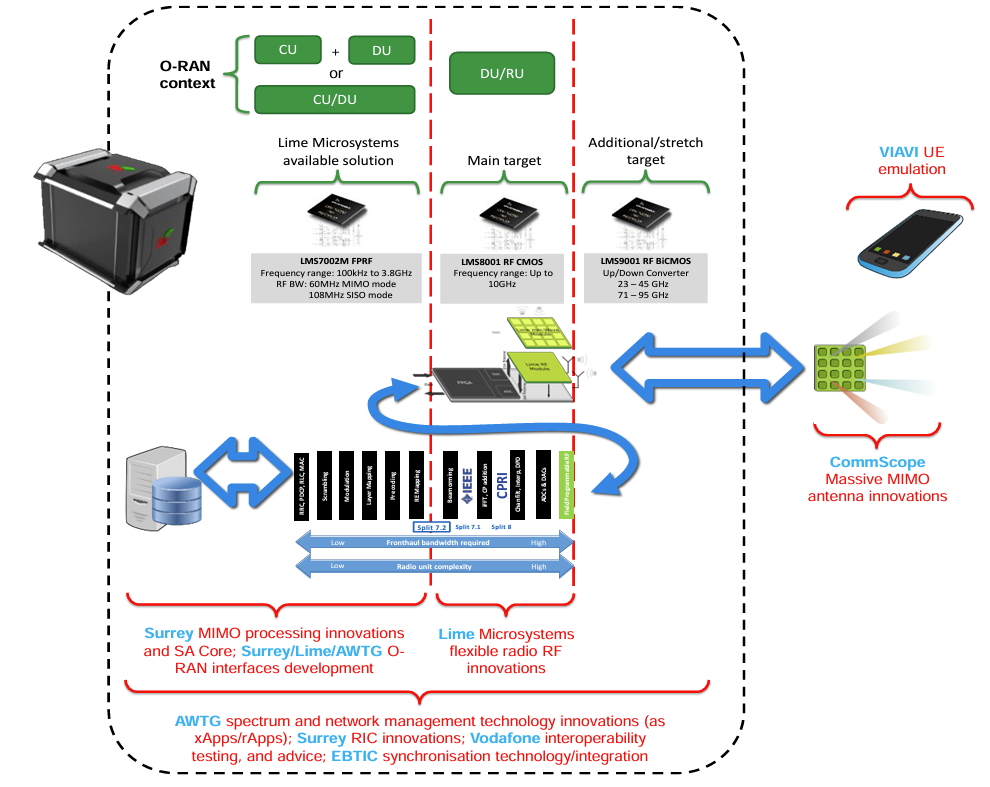
Let’s check the main highlights if you don’t know about this big project. The main focus of this project is creating an End-to-end Open RAN compliant, UK-developed 5G SA network. It’s a complete Open RAN 5G SA network. A compact modular radio base station supporting all bands in 5G NR Frequency Range 1. The Portfolio […]
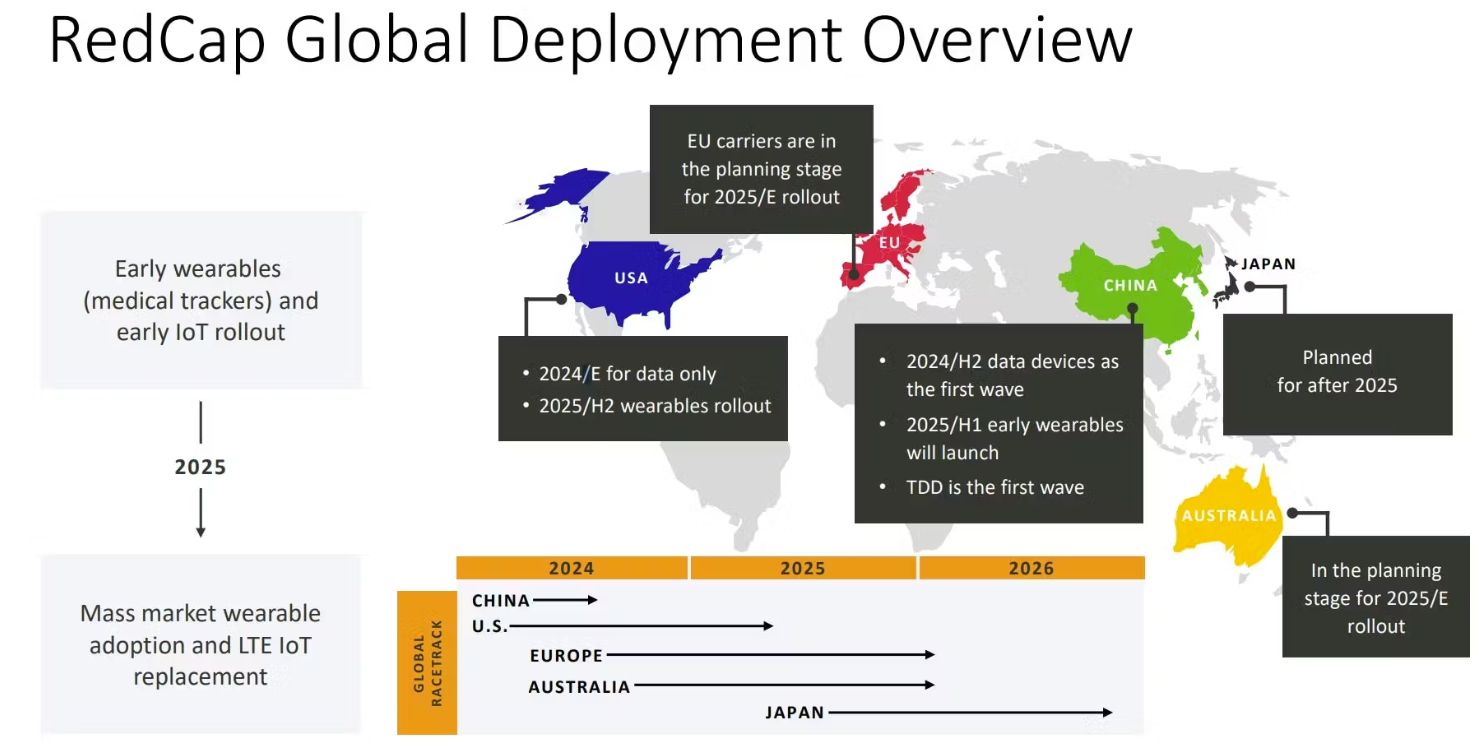
RedCap 5G NR = Reduced Capability 5G NR. As per Ericsson, It’s estimated that the number of connected IoT devices will reach nearly 39 billion by 2029, a significant increase over the number of expected smartphones at 7.7 billion. To help support the expected IoT device expansion, 3GPP introduced RedCap 5G NR, a significant addition […]
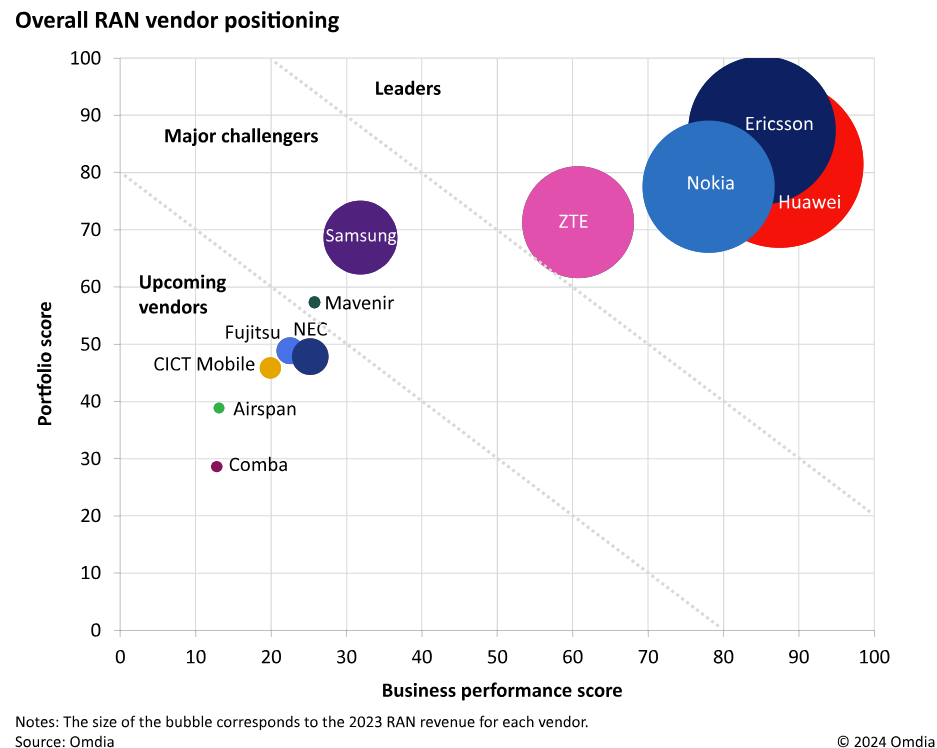
An interesting report from Omdia regarding ” Market Landscape: RAN Vendors 2024 “ The report is only for RAN Hardware and Software for macro base stations and small cells. Open RAN and vRAN are considered under the portfolio dimension, but they have no impact on the business performance dimension. Omdia does not suggest that open […]
